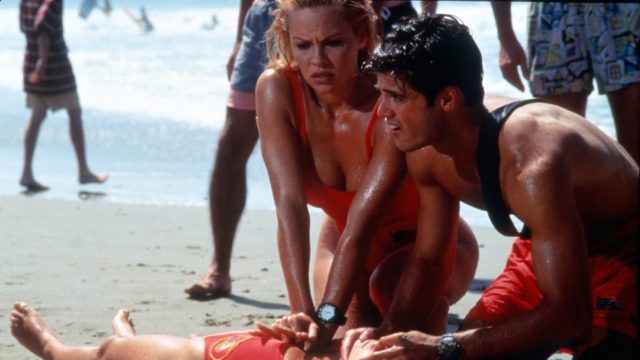
Unrealistic CPR Scenes in Movies and TV Shows
As avid fans of medical-themed shows, we can’t help but chuckle at the often unrealistic portrayal of CPR situations on screen. While it’s easy to point fingers at the actors or the production team, the truth is that it’s nearly impossible to accurately depict CPR on camera. So, let’s dive into the reasons behind this and explore how Hollywood actually attempts to portray CPR.
How Hollywood Fumbles CPR
We’ve all seen it: scenes from Grey’s Anatomy, where a surgical resident is straddling a patient on a gurney, arms outstretched and aimed at the patient’s chest, shouting for medications and tests, yet barely moving at all. In a real-life CPR situation, the person performing CPR would be in full pushing motion, with their upper body moving up and down in sync with their arms. It’s quite obvious when an on-screen character is supposedly performing CPR but isn’t moving much – they’re doing it wrong.
This brings us to the next issue. CPR is more than just pushing on someone’s chest. It involves a process that starts with a quick assessment of the patient’s condition, checking for breathing and pulse, tilting the head to look for obstructions, announcing the intention to perform CPR, and so on. It may also include providing artificial ventilation through mouth-to-mouth or a device. It’s not always about pounding on someone’s chest, even though chest compressions are the primary focus.
The Reality of Chest Compressions
We often see actors performing subpar CPR, taking their time with chest compressions or gently doing it while crying or yelling. In reality, proper CPR requires at least 100 to 120 compressions per minute. That’s fast and incredibly exhausting, which is why medical professionals sometimes need to take turns to maintain the pace. This rate is for adult CPR – it’s different for children. In addition to the speed, chest compressions need to be 5 cm to 6 cm deep. Achieving this depth requires significant upper body strength, especially at a rate of 100 compressions per minute.
The Real Reason Hollywood Can’t Get CPR Right
The main reason Hollywood struggles to accurately portray CPR isn’t because it’s difficult to do. With proper training, anyone can perform CPR correctly. Surprisingly, one show that got it right was Baywatch. The real issue with proper CPR is that it can be dangerous for someone who isn’t actually in distress. Accurate chest compressions can cause broken or bruised ribs or sternum, and can be quite painful. While an unconscious person wouldn’t feel it, an actor certainly would. This is why movies and TV shows consistently get CPR wrong – if they didn’t, they’d likely have to deal with injured actors and a slew of lawsuits.
 Follow Us
Follow Us





